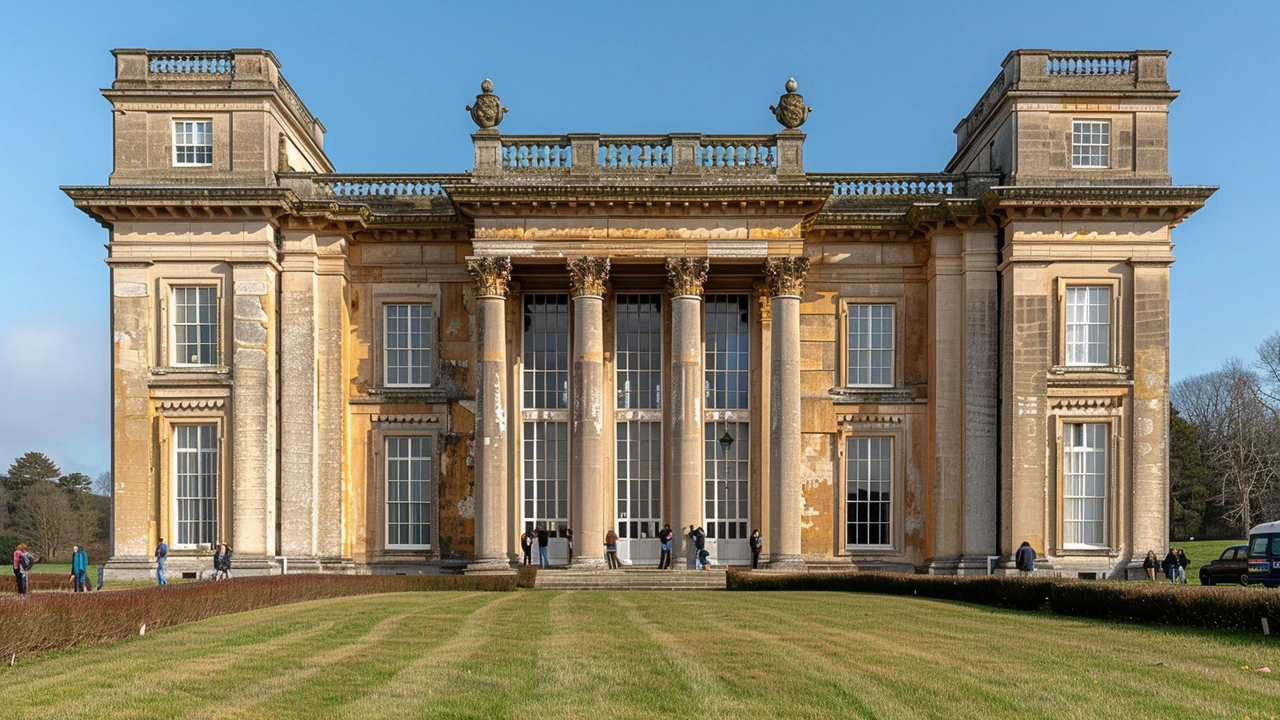Building Design: Read the Shape, Not Just the Facade
Buildings shape how we move, live, and feel. Good design can cut energy use and improve comfort for decades. This tag collects clear guides on styles from Roman domes to Postmodern facades, plus practical tips for owners, renovators, and curious walkers.
Each article breaks features into simple clues: roof lines, window shape, ornament, materials, and proportions. You get quick history, standout examples, and a short checklist to spot the style fast.
Why style choices matter
Style affects structure, cost, and comfort. A heavy stone wall needs different foundations and maintenance than a light timber frame. Roof pitch and window size change how a house handles rain and sun. Materials affect energy use and longevity. Knowing these basics saves time and money when planning repairs or upgrades.
Quick tips for homeowners
Start by identifying the style correctly: note roof shape, main materials, and key ornaments. Prioritize fixes that protect structure first—roof, gutters, and foundation. For energy upgrades, choose reversible solutions that don’t erase character: attic insulation, storm windows, and discreet HVAC routing. When restoring, match visible materials to keep value and look.
How to read a building quickly: check the roof, windows, entry, and trim. Rounded arches and thick walls suggest Romanesque or Renaissance roots. Pointed arches, flying buttresses, and stained glass point to Gothic or Gothic Revival. Gambrel roofs and flared eaves often signal Colonial or Dutch Colonial Revival. Smooth stucco and tile roofs hint at Mediterranean or Beaux-Arts influences.
Modern systems should be hidden where possible. Put insulation, wiring, and ducts inside cavities or behind walls so visible details remain. If you add new glass or metal, keep proportions and rhythm of existing windows. Small changes that respect scale make a big visual difference.
Hire an architect or preservation specialist for big changes. They can read structure, suggest compatible materials, and prepare drawings for permits. For small projects, a builder experienced with historic details will save time and cost. Always ask for examples of similar work.
Start by browsing the posts tagged Building Design here. Open one style guide, save photos you like, and compare them to buildings in your neighborhood. If you have a project, note the top three features you want to keep and share them with your contractor.
Need quick answers? Use the tag search to filter by style or topic—Roman, Gothic, Craftsman, preservation, or energy upgrades. Bookmark favorites and return when you plan a project.
On this tag you'll find detailed posts like "Ancient Roman Architecture: Masterpieces, Engineering, and Lasting Influence" that explain why arches and aqueducts mattered, or "Gothic Revival Architecture: Imagination and Innovation in Every Spire" to learn how pointed arches changed light in cathedrals. If you prefer homes, read "American Craftsman Design: History, Key Features, and Timeless Appeal" for real renovation ideas. Each article pairs visuals with practical steps so you can copy a look, avoid common mistakes, and protect your budget. Save or share the pages you like before you start. Today.

Byzantine Architecture: The Birth of a New Era in Construction
Byzantine architecture marked a transformative period in construction, bringing forward innovations that reshaped building design. It combined elements of Roman and Eastern influences, leading to iconic structures like the Hagia Sophia. Understanding this architectural style reveals the ingenuity and creativity of its architects. This article delves into its defining characteristics and the cultural impact it had during its time.
Read more
The Enchanting World of Renaissance Revival Architecture
Renaissance Revival architecture, emerging in the 19th century, brought a renaissance of its own, showcasing intricate designs and classical elegance. This style echoes the grandeur of the Renaissance period with modern adaptations. Explore the origins, key elements, notable structures, and the profound impact it has had on contemporary architecture.
Read more
Exploring the Vibrant World of Expressionist Architecture
Expressionist architecture encompasses a wide range of daring and imaginative structures that pushed the boundaries of traditional design. This article delves into the characteristics, historical background, significant buildings, and the impact of this unique architectural style. Learn about the visionary architects behind some of the most iconic structures and take away practical tips for recognizing and appreciating expressionist designs in the urban landscape.
Read more